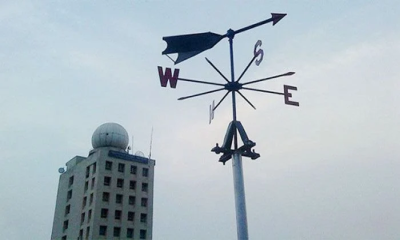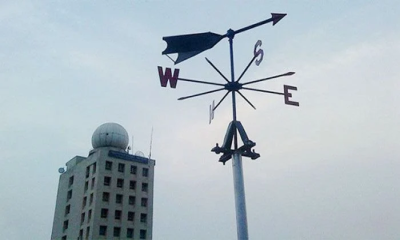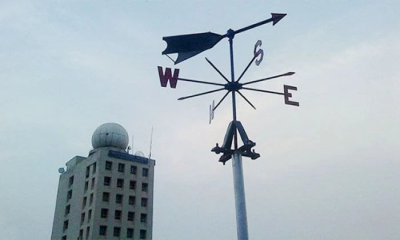As temperatures soared to a sweltering 43 degrees Celsius, Bangladesh faced unprecedented power shortages on Monday, with load shedding peaking at around 3200 MW marking the highest record of power cuts in recent times.
Officials from the power utilities disclosed that at 2 pm on Monday, the National Load Dispatch Centre (NLDC) at the Power Grid Company of Bangladesh (PGCB) reported a record shortfall of 3196 MW.
During the peak hours of the day, the country`s power generation stood at 12,753 MW against a demand of 16,200 MW, resulting in a deficiency of 3,447 MW. This shortfall was anticipated to worsen during the evening peak hours, with demand expected to exceed 17,200 MW.
The situation on Sunday also saw significant load shedding, with 1864 MW reported at noon. The highest power generation recently was recorded at 16,233 MW at 9 pm last Monday (April 22); however, ongoing load shedding persisted across the country due to the increased electricity demand fueled by the ongoing heatwave.
Rural areas, in particular, have been disproportionately affected. Officials from different power utilities at the rural level argue that the extent of load shedding is considerably underreported. Interruptions in the rural power supply often go unrecorded, exacerbating the situation for consumers who may face several hours without electricity during both day and night.
According to an official from the Bangladesh Rural Electrification Board (BREB), "Power outages in rural areas are so frequent that any interruption means consumers have to wait several hours to get electricity back."
Official sources indicate that the majority of the load shedding burden is strategically shifted to rural areas to prevent power outages in the capital Dhaka, and other major cities. This policy decision has significantly aggravated the hardships faced by rural populations amid the intense heat.
Moreover, state-owned Petrobangla’s latest figures reveal that the country’s gas production stands at 3,105 million cubic feet per day (MMCFD), significantly below the demand of about 4000 MMCFD. This gas shortage has led to several power plants, especially those reliant on gas, halting production, further straining the power supply during this critical period.


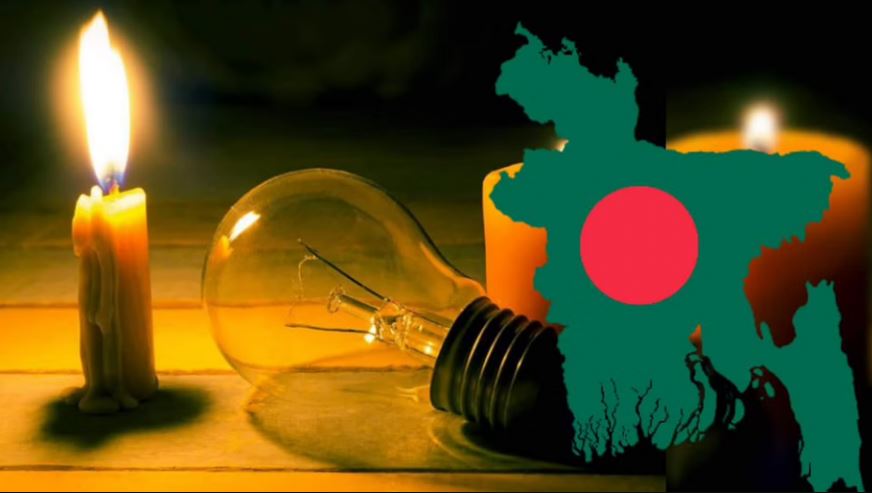






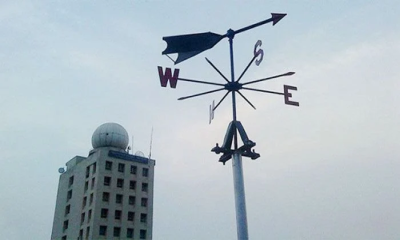

-20251227141313.jpeg)






-20251226062607.webp)



